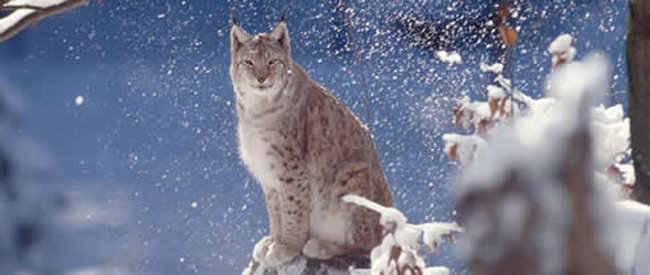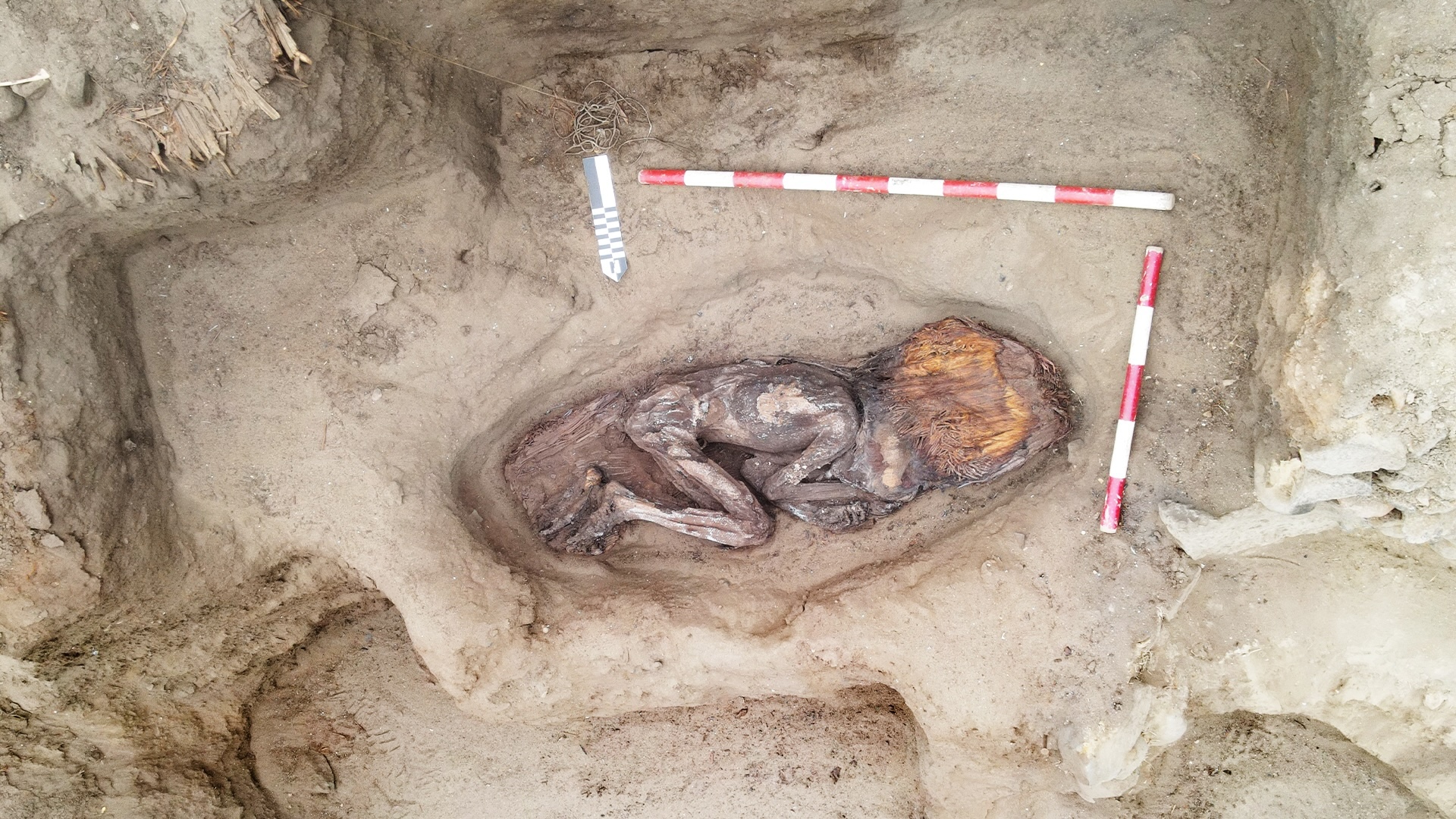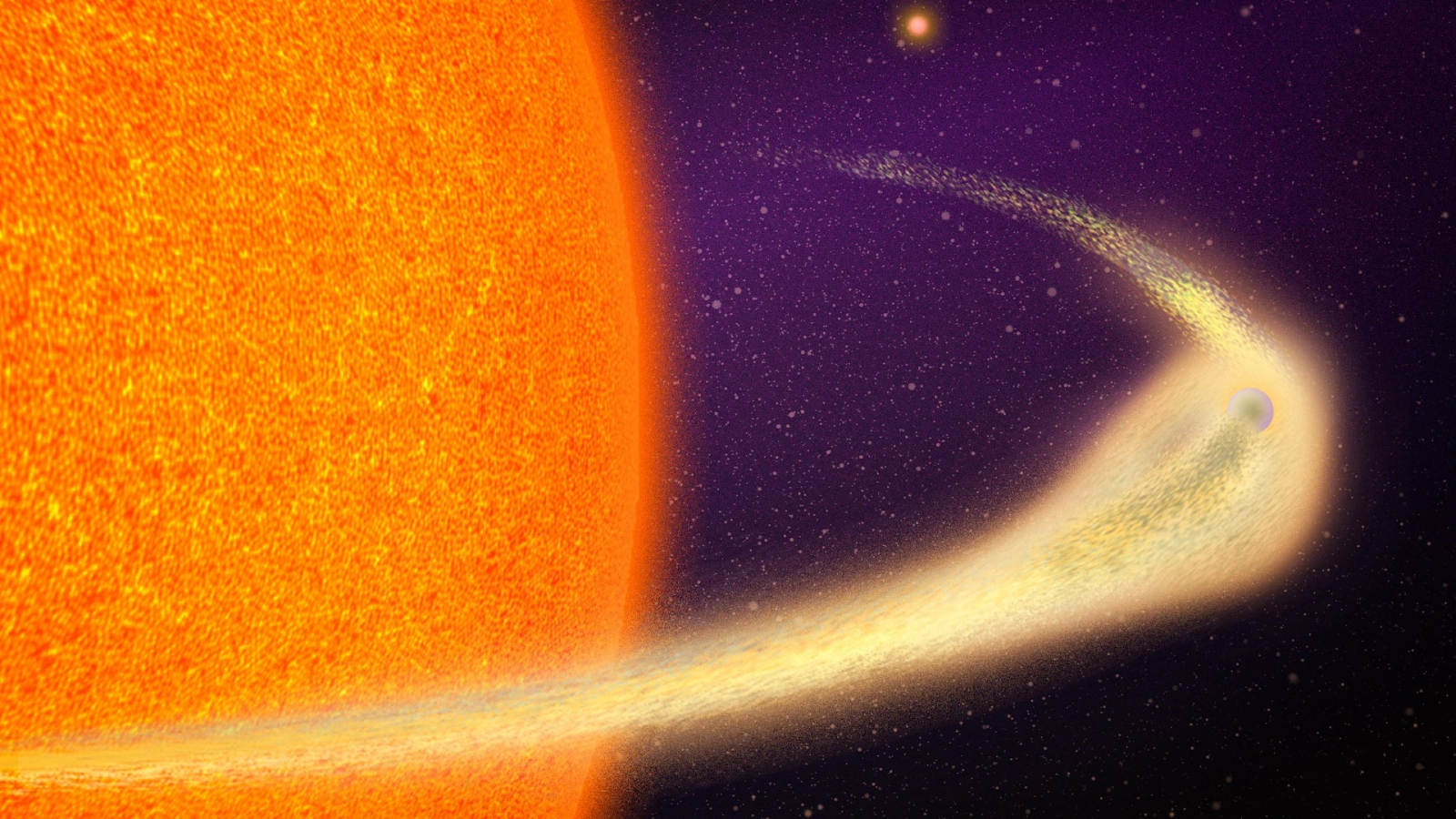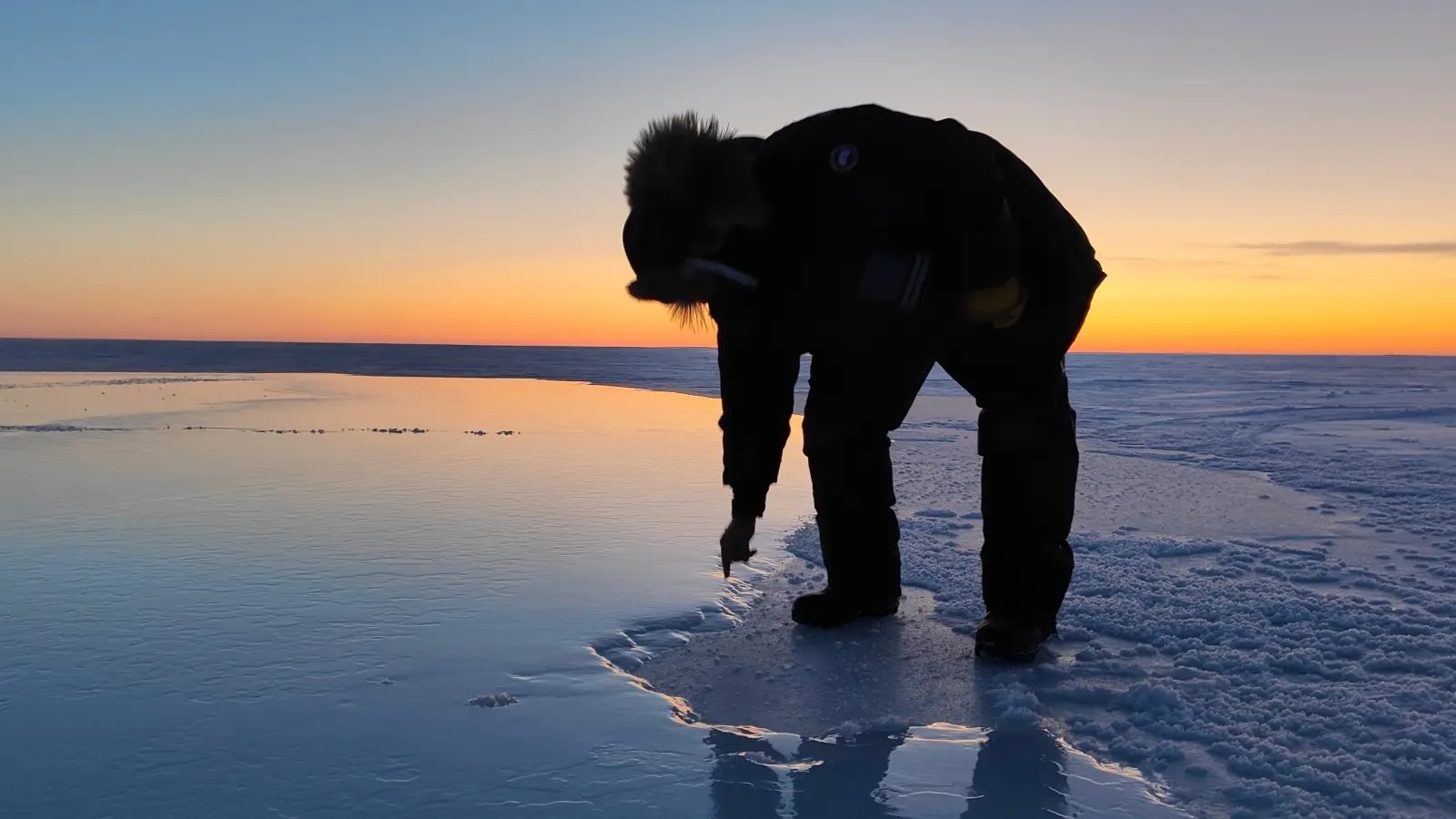
Lynx to Be Transplanted to Poland

This February, the World Wildlife Fund will be transferring lynx from forests in Estonia in an attempt to bolster the lynx population in Poland, where hunting and habitat loss have reduced their number to about 200.
The Eurasian lynx, with a short body, long legs and large feet, is the third largest predator in Europe (after the brown bear and wolf). It is also among the widest-ranging of all cat species; lynx have a range that extends across Europe, central Asia, Siberia and East Asia.
In Europe, however, there is now limited connectivity between subpopulations following a population decline to as low as around 700 animals between 1930 and 1950.
Lynx are listed on the Appendix II of the Convention on International Trade in Endangered Species. Appendix II species are those that are not currently threatened with extinction but may become so unless trade is closely controlled. While international trade is forbidden, illegal hunting still represents a major threat. In Estonia, it is estimated that over a hundred animals are hunted annually for their fur.
The Eurasian lynx is one of four species belonging to the lynx genus, along with the Spanish (or Iberian) lynx, the Canadian lynx, and the most common cat native to North America, the bobcat.
In Poland, lynx numbers have been decreasing dramatically during the past 20 years, resulting in the listing of the species in the Polish Red Data Book of Animals in 1995.
"The lynx's survival is at stake in Poland. With the transfer of animals from Estonia, we hope to repopulate the forests and prevent the species from extinction in the country," said Pawel Sredzinski of the WWF's Poland Lynx Campaign.
Sign up for the Live Science daily newsletter now
Get the world’s most fascinating discoveries delivered straight to your inbox.
Of the estimated 200 lynx in Poland, most live in the Carpathians. However, 60 inhabit the Piska and Napiwodzko-Ramuckich forests, where the Estonian felines will be introduced.
- In Images: Wildcats of Kruger Park
- Image Gallery: Endangered and Threatened Wildlife
- 10 Species You Can Kiss Goodbye
This article is provided by OurAmazingPlanet, a sister site of LiveScience.











